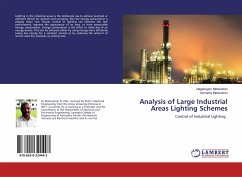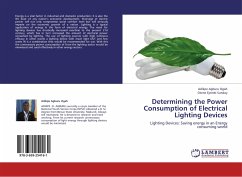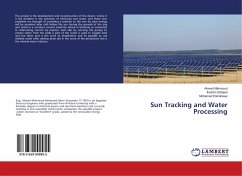The fundamentals of the lighting mechanisms of the established HCFL lamps for more than 90 years have totally revised. The established HCFL lamps never light up with the thermoelectrons from the heated BaO particles to Ar gas space. Furthermore, HCFL lamps do not have the anode for receiving of electrons, indicating the incomplete electric circuit. We have found the solution. FL lamps are operated with the coexistence of disparate external and internal electric circuits in Ar gas space. FL lamps light up with internal electric circuit that electrons move from the cathode to anode formed at both ends in the FL lamp. The internal electric circuit is formed under the electric field from electrodes on outer glass wall. The developed coil-EEFL lamps brilliantly light up under AC and DC external driving circuits. The significant features of the coil-EEFL lamps are (a) superconductive vacuum (R= 0) at above room temperatures with (b) WDC = 0, (c) astronomical q (1012 photons m-3 per second), and (d) operation life 106 hours. The brilliantly lighted coil-EEFL lamps surely contribute to the COP project of UN with the reduction of the electric power 30 % on the world.








